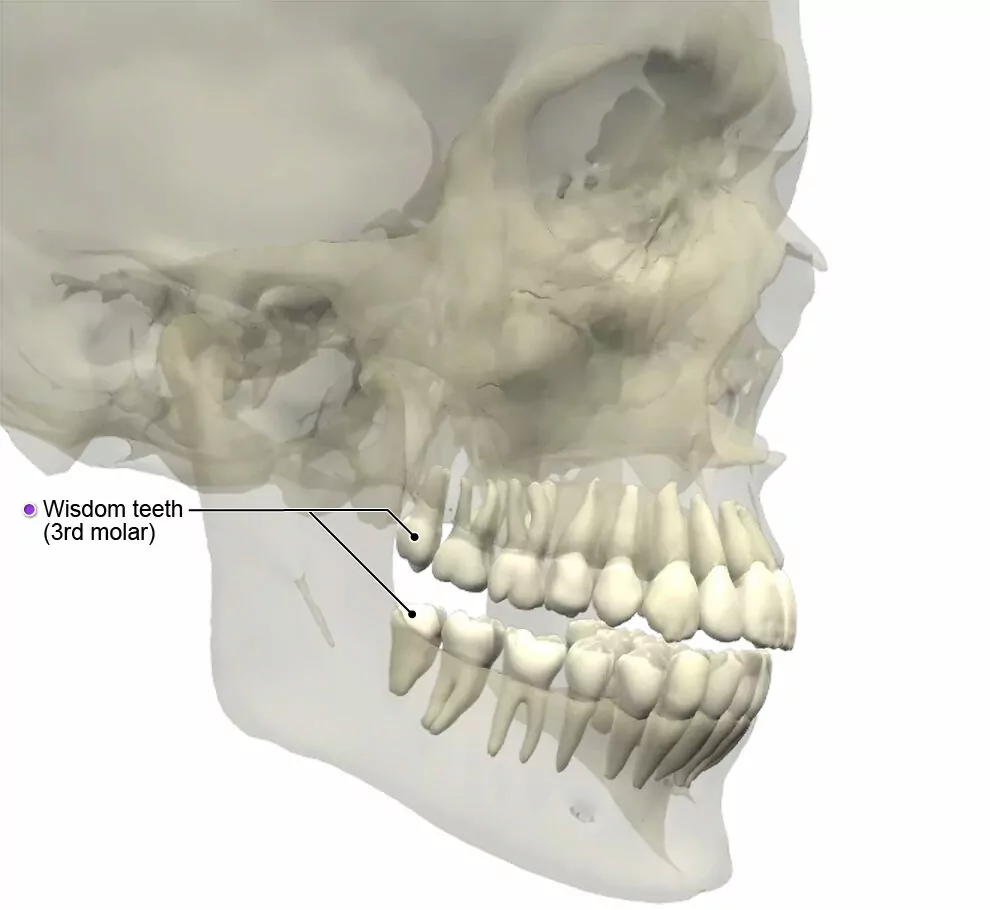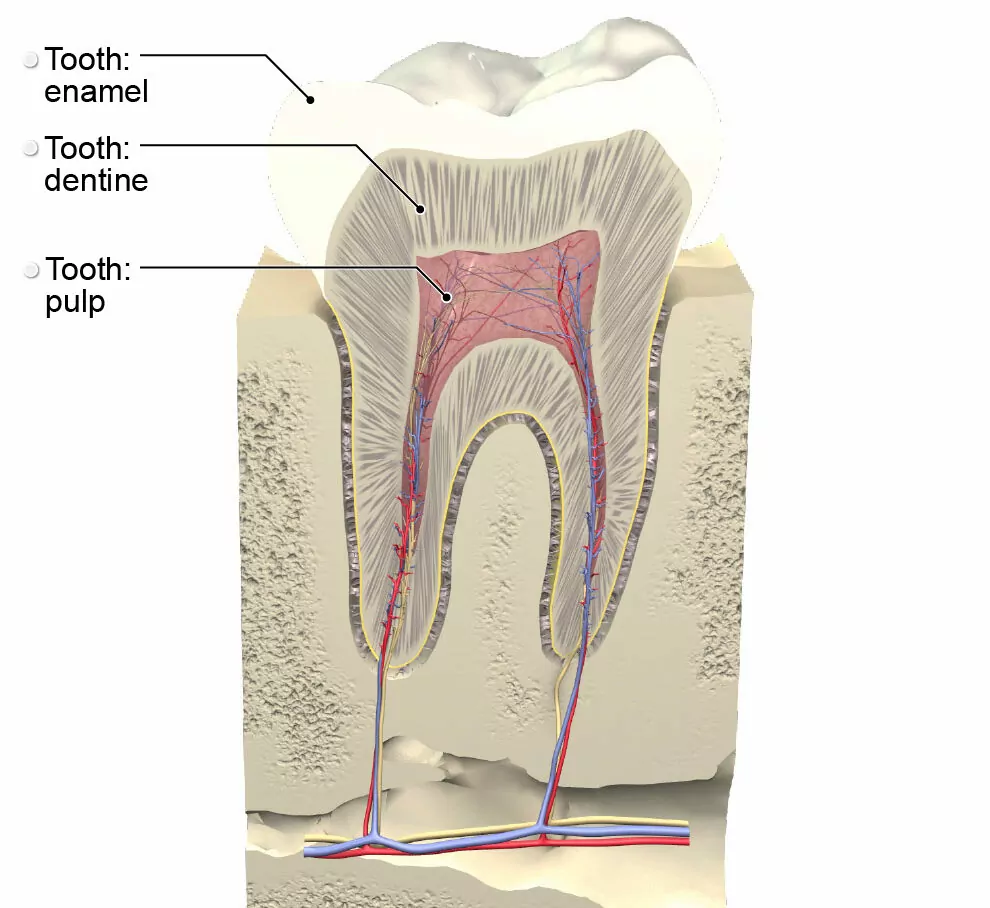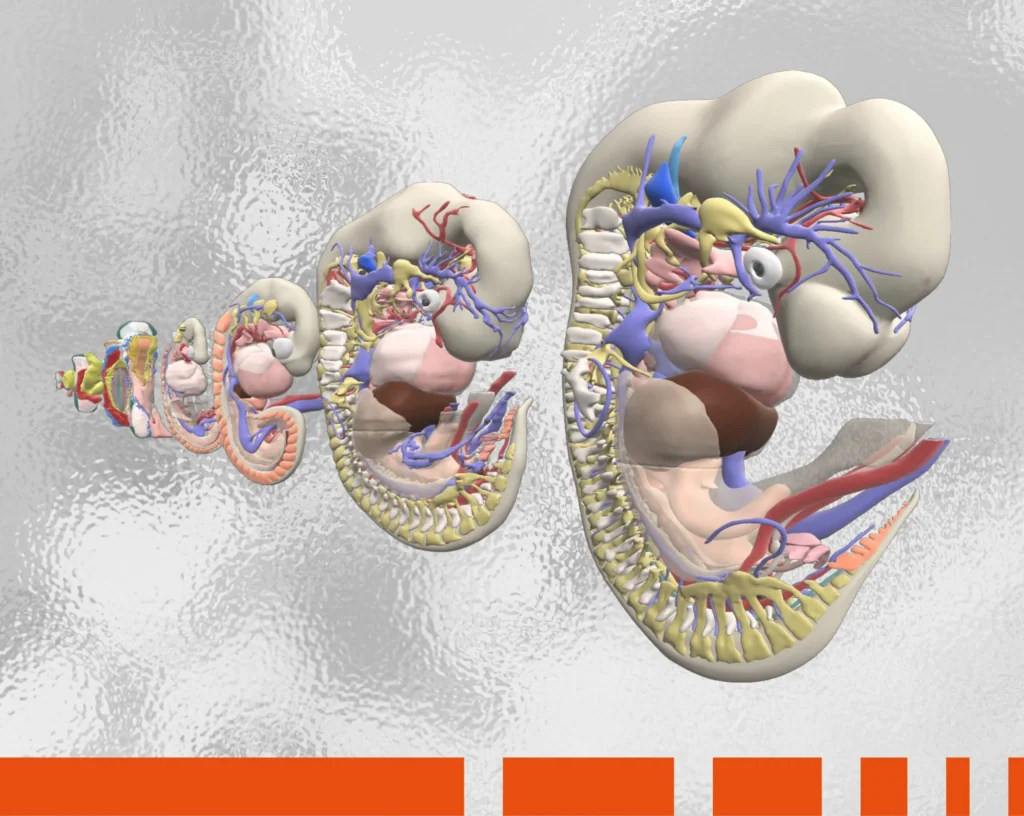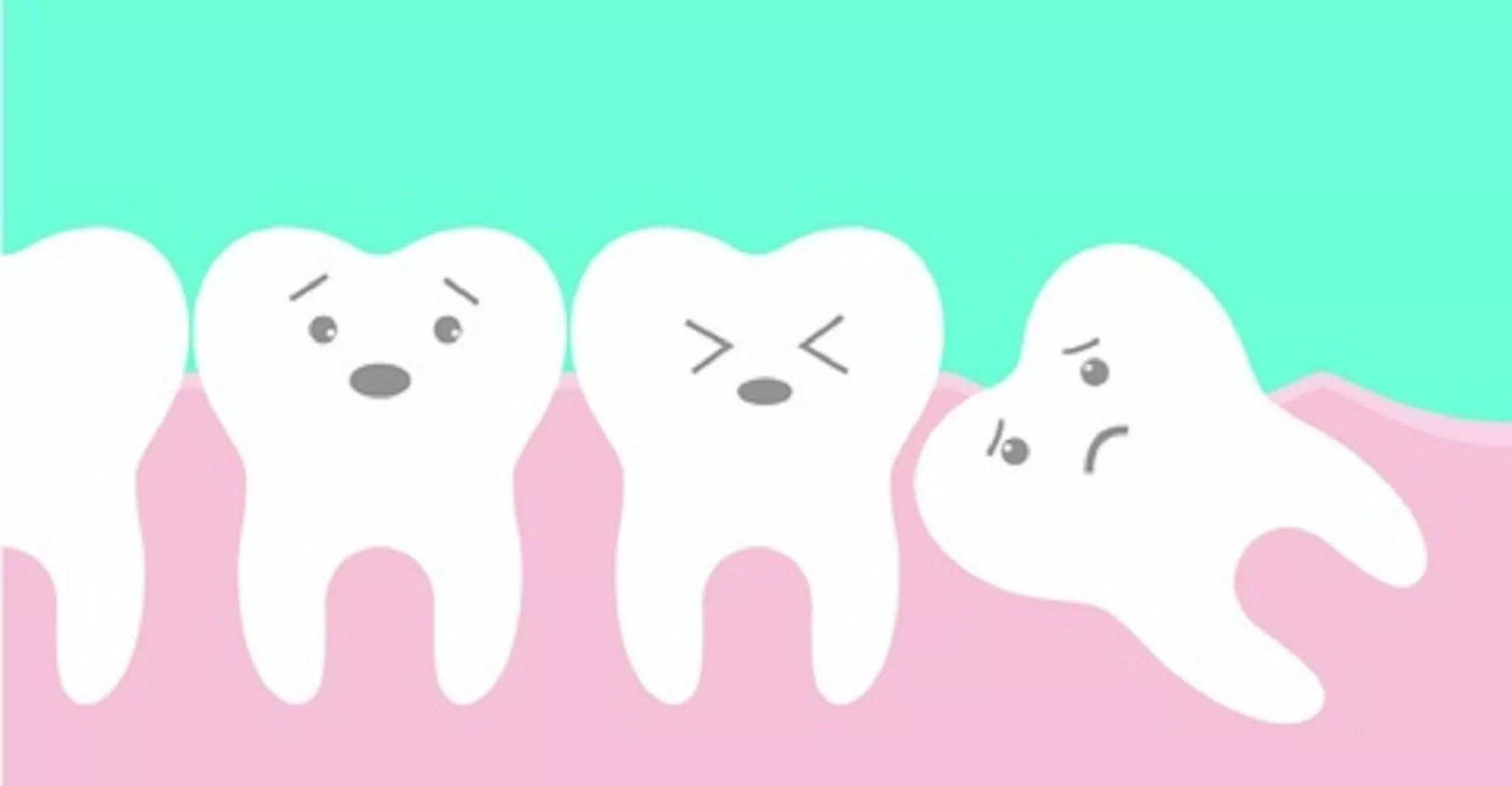If you’ve ever wondered why we have wisdom teeth and the origins behind their “wisdom,” then read on as we delve into the fascinating anatomy of wisdom teeth. Not only that, we’ll learn why dentists may recommend removing wisdom teeth and how they extract them, and explore the best methods to maintain their health.
What are wisdom teeth?
This may disappoint some of our readers, but having wisdom teeth does not make us any smarter. The term “wisdom teeth” is derived from the fact that they usually appear when people are between 17 and 21 years old, which is a lot later than when most of the deciduous teeth get replaced with permanent teeth. The wisdom teeth are also known as third molars, and usually, the average adult has four – one in each corner of the mouth. However, the number can vary from person to person. Some of us might have fewer, or none at all, and that’s perfectly normal. It’s a unique variation of our human anatomy.

Anatomy and function of wisdom teeth
These third molars are located at the back of the oral cavity. Like any other teeth, enamel, the hardest substance in the human body, forms their exterior. Below the enamel is dentin, a layer less dense than enamel but harder than bone. At the center, we find the pulp, which houses blood vessels and nerves supplying the tooth. The root of the tooth anchors it into the jawbone, with each wisdom tooth on average having 1-3 roots. This number can vary not only between individuals, but also in each individual between the upper and lower jaw.

Wisdom teeth complications
Not all wisdom teeth cause complications and can instead grow and remain healthy, however, the following may arise:
Root dilaceration – The roots of wisdom teeth can grow at various angles or become bent or crooked in shape if they do not have enough space to grow. This can make the removal process more difficult, as it can permanently damage the surrounding nerves and blood vessels if not removed carefully.
Tooth impaction – When wisdom teeth don’t have enough room to emerge or grow, they may fail to erupt and instead stay trapped within the jawbone. Impacted wisdom teeth may not cause any immediate problems, but can result in pain and damage other teeth if left untreated.
Decay – If the tooth only partially erupts into the oral cavity, it is harder to keep clean as food and bacteria can easily get trapped between the gum and the tooth. It can also lead to gum disease and pericoronitis, which is an inflammation of the tissue surrounding the tooth.
Cysts – The wisdom tooth develops in a sac in the jawbone and sometimes this sac can get filled with fluid and form a cyst that can damage the jawbone and surrounding tooth and nerves.
Tooth extraction
Did you know that approximately 10 million wisdom teeth are extracted in the U.S. every year? Wisdom teeth extraction is considered only when they pose any of the potential problems below:
-
- Swollen or bleeding gums
- Jaw pain or swelling around the jaw
- Bad breath or an unpleasant taste in your mouth
- Difficulty opening your mouth
There are two main ways wisdom teeth are extracted depending on their position and health:
Simple Extraction – This procedure is performed when the wisdom tooth has fully erupted and the oral surgeon can easily remove it. The area around the tooth is numbed with a local anesthetic and then the tooth is loosened and pulled out with forceps.
Surgical Extraction – If the wisdom tooth is impacted, a more complex surgical procedure may be required. While you are under anesthetic, the oral surgeon makes an incision in the gum to reach and remove the tooth. It may be necessary to cut the tooth into smaller pieces for removal in order to cause less damage to the surrounding bone.
Keeping wisdom teeth healthy
But what if your wisdom teeth are in a good position and don’t cause you any discomfort? Here are some tips to maintain their health:
Brush teeth 2-3 times a day – This removes the food particles and plaque that are the main culprits of tooth decay. Don’t forget to brush the very back of your mouth!
Floss daily – Flossing can reach the narrow spaces between teeth that a toothbrush might not reach. It helps in preventing gum disease, especially around the wisdom teeth.
Use an antibacterial mouthwash – This can help kill bacteria that brushing and flossing might have missed.
Remember, wisdom teeth, like any other teeth, require regular check-ups. They are tucked away in the far corners of our mouths and are prone to issues, so they need the same – if not more – care as our other teeth.
The images in this post are from from Primal’s Dentistry education solutions. To learn more about this or other Primal learning resources, please fill in the form here and our team will be in touch.

